Imagine opening your piggy bank and pulling out a one-cent coin that can pay for a Delhi flat, a luxury car, and a long vacation—all together. Sounds unbelievable, right? Yet that is exactly what happened when coin experts confirmed a rare 1943 Lincoln Wheat Penny with a dramatic die crack and copper composition—valued at about $575,000 (≈ ₹4.8 crore)—could still turn up in everyday change. The Numismatic Guaranty Company (NGC) lists this mint-error cent at that staggering price, making it one of the costliest American pennies ever recorded.
Why This Penny Is Worth a Fortune
During World War II, the U.S. Mint shifted from copper to steel planchets to save copper for ammunition. A handful of copper blanks accidentally slipped through the presses in 1943. Most of these “wrong-metal” cents already fetch six figures, but the star of today’s hunt is a 1943 copper penny with a major obverse die break—a visible crack that runs across Lincoln’s portrait. Because mint errors pile on top of the wrong-metal anomaly, the NGC price guide pushes its value to $575,000.
Quick History of the Wheat Penny
- Design period: 1909–1958
- Obverse: President Abraham Lincoln
- Reverse: Two wheat stalks framing “ONE CENT,” giving the coin its nickname
- Common metals: 95 % copper, 5 % tin & zinc (except for the wartime steel year)
Even ordinary Wheat pennies can be valuable if they have low mintages, clear doubling, or rare mintmarks. For example, a 1909-S VDB cent and the famous 1955 doubled-die can break the five-figure mark.
Key Details to Spot on the $575k Penny
| Feature | What to Look For |
|---|---|
| Date & Metal | The coin must read 1943 yet appear brown-red like copper, not grey steel. |
| Magnet Test | Steel cents stick to a magnet; genuine copper ones do not. |
| Die Crack | A thick, raised line on Lincoln’s head or face—this is the dramatic mint crack that boosts value. |
| Mint Mark | No mintmark (Philadelphia) pieces are most common among copper errors, but any 1943 copper cent is rare. |
| Weight | About 3.11 grams (steel cents weigh only 2.7 g). Use a digital scale for accuracy. |
How to Check Your Change
- Start with the shape and shine. Copper Wheat pennies have a warm brown or reddish tone.
- Use a fridge magnet. If it clings, it’s steel—worth maybe ₹5 on a good day. If it falls, keep looking.
- Grab a jeweller’s loupe. Inspect for cracks, doubling, or odd lettering.
- Weigh the coin. A cheap 0.01-g kitchen scale does the job. Anything near 3.11 g deserves professional grading.
- Separate Wheat pennies from modern cents. Store them in small zip bags to prevent scratches.
Remember, valuable coins often turn up in junk drawers, inherited jars, or flea-market lots. Because millions of Wheat pennies circulated in India during the 1970s and 1980s via traders and G.I. tourists, don’t dismiss old American change you see in local markets.
What to Do if You Think You Found One
- Do not clean the coin. Cleaning can destroy the natural patina and slash its value.
- Take clear photos in daylight. Show both sides and any unusual marks.
- Contact a reputable grading service. NGC and PCGS are the global gold standard.
- Get at least two offers. Auction houses like Heritage or Stacks Bowers often generate bidding wars.
- Factor in seller’s fees and taxes. High-value collectibles may attract capital-gains tax.
Tip: Even if your coin is “only” worth ₹50,000, professional grading often pays for itself by assuring buyers the piece is genuine.
Other Wheat Pennies Worth Serious Money
- 1943-D bronze cent: One sold for $840,000 in 2024.
- 1944 steel cent: A leftover steel blank fetched $408,000 at auction in 2022.
- 1955 doubled-die: Clear doubled lettering; high-grade specimens reach $200,000+.
These examples prove that small minting mistakes can transform a humble one-cent coin into a life-changing asset.
Final Thoughts
Finding a ₹4-crore coin in your pocket isn’t guaranteed, but the odds are higher than winning most lotteries because some of these rare 1943 pennies remain unaccounted for. Your best strategy? Keep every Wheat penny you see, run the simple magnet-and-scale tests, and learn the tell-tale error signs. With a little patience and sharp eyes, your next dosa-shop tip could become the discovery of a lifetime.
So, the next time you empty your wallet, don’t rush to toss those brown, dusty coins. One of them might just be the Lincoln Wheat Penny worth $575,000—and it could be sitting quietly in your palm right now.
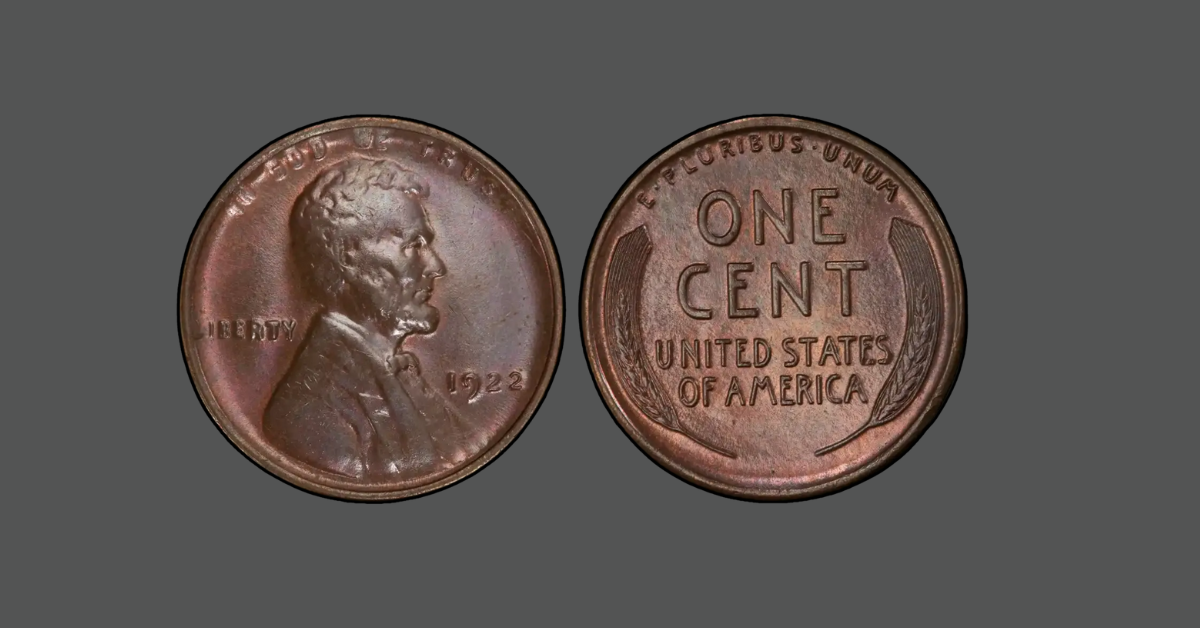
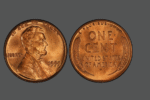
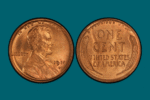
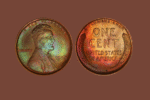
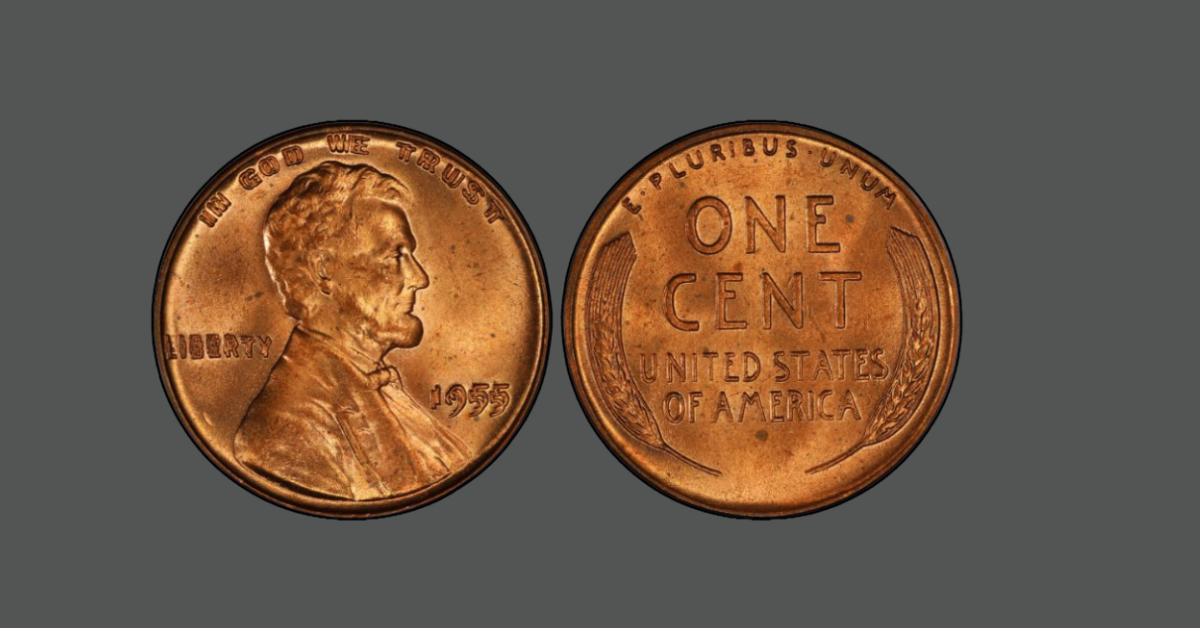
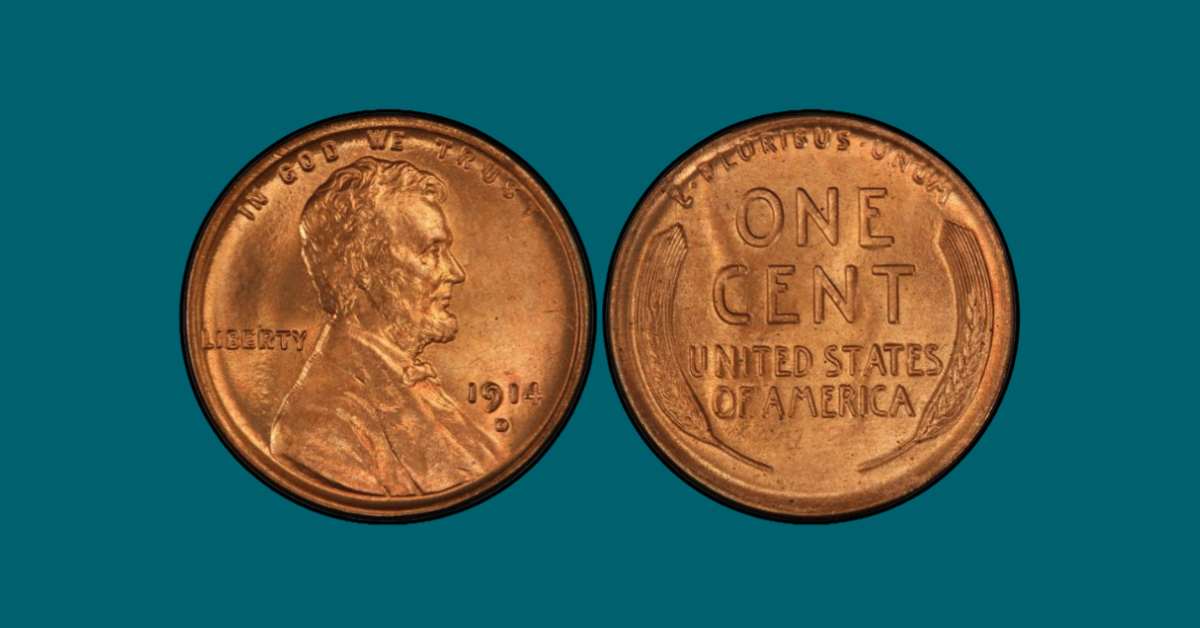
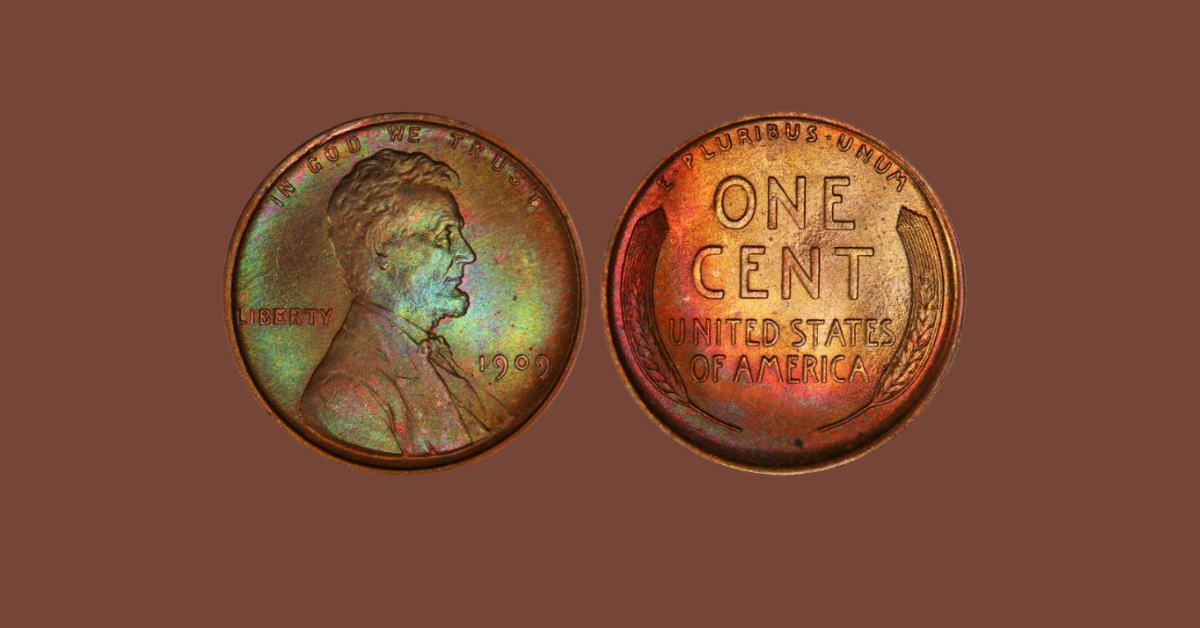
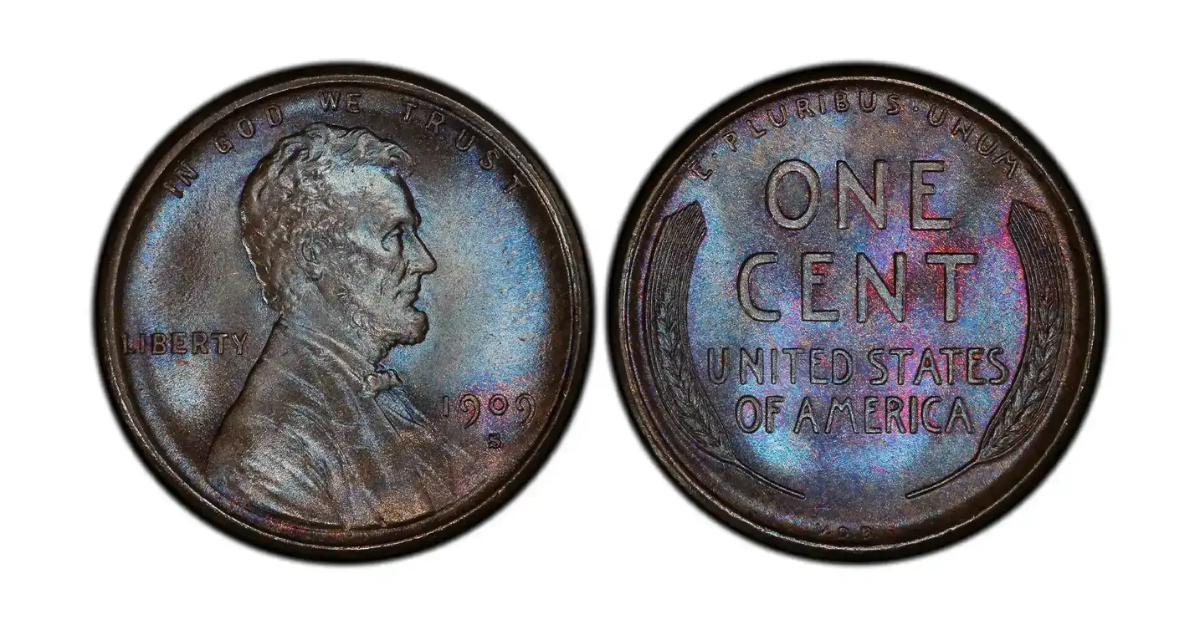


Leave a Reply